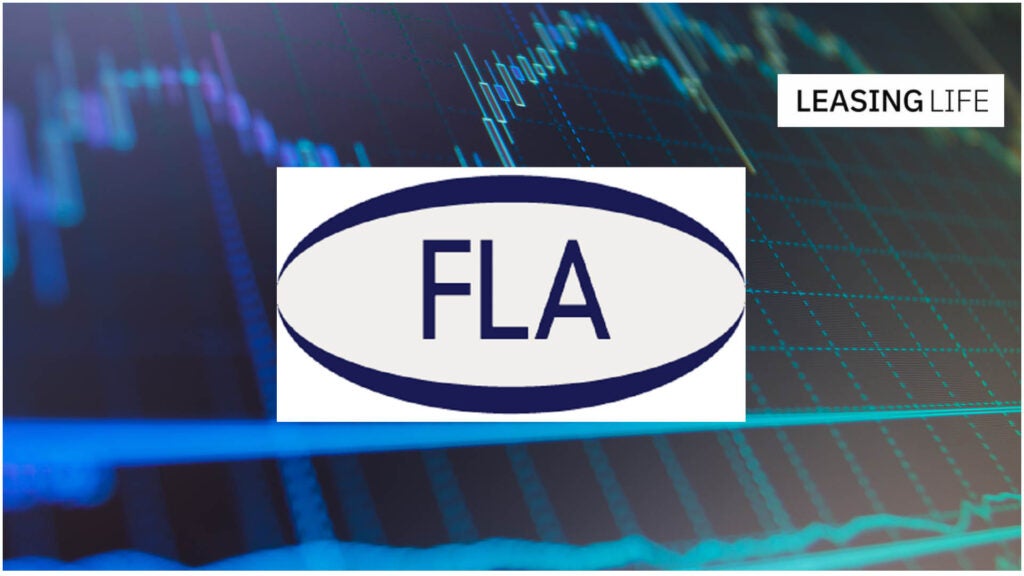
Half way through the year it’s becoming apparent that not everything in the retail car market is as rosy as the figures would suggest on the surface.
The signs of this can be seen in both the new and used car retail markets. Turning to new car registrations first, the headlines have all been about records tumbling. April (the most recent results at the time of writing) saw another year-on-year increase of 5.1%, making it not only the 38th consecutive month of growth but the highest April figure since 2005. Overall we’ve seen a 6.4% year-to-date increase against the same period in 2014.
What does this mean for dealers?
There’s some debate over the lagging performance of private new car retail sales and questions being asked around why the increase here has only been 1.4% year-to-date. Some are identifying a growing number of customers opting out of company car schemes. Initially this boosted retail sales because PCP was so often the preferred route into a private car. But now many of these customers are opting for a PCH scheme and these cars are, of course, being recorded as business registrations.
There’s also a growing issue for dealers relating to extended lead times for new vehicles. With the continuing pressure from manufacturers for year-on-year increases in volumes there’s been a noticeable shift in the length of time customers are having to wait for new cars. The days of ‘off the shelf’ cars are pretty much gone, and it isn’t unusual for customers who want to individualise their car to have to wait several months before taking delivery of their new car.
Lead times vary considerably, with 12-14 weeks being quite common, and in some cases we hear of buyers having to wait as long as 12 months. This often leads to a situation where dealers are having to negotiate on a part exchange value for several months in advance. The responsibility for reliably assessing a part exchange value that far ahead has been just another pressure on dealers".
Indeed, such has been the pressure on dealers from this issue that CAP has begun forecasting residual values from zero to 12 months.
How well do you really know your competitors?
Access the most comprehensive Company Profiles on the market, powered by GlobalData. Save hours of research. Gain competitive edge.

Thank you!
Your download email will arrive shortly
Not ready to buy yet? Download a free sample
We are confident about the unique quality of our Company Profiles. However, we want you to make the most beneficial decision for your business, so we offer a free sample that you can download by submitting the below form
By GlobalDataMore pressure is mounting on dealers in the used car market, directly stemming from all of this new car activity. Perhaps the strongest is the impact of margin compression – especially in the case of cars up to one year old. I hear horror stories around the dealer network every day about new cars which can be taxed and put on the road cheaper than an equivalent used car. Interestingly this is beginning to lead to a more cautious approach to tactical and pre-registration deals than the old ‘lemming-like’ rush to meet manufacturer targets unquestioningly.
We won’t usually dwell too much on the subject of pre-registrations because our view is that transparency is more important than curbing the practice. CAP stands apart from all those commentators who think pre-reg activity is somehow wrong in itself. But we share dealers’ concerns about the situations that arise when one tranche of heavily supported new car deals is superseded by even greater support for the following registration month. We can’t overlook the fact that September is fast approaching and many of the current cars could well still be unsold by then.
The other headache is the relentless rise of repair costs and when you take both these issues into account, there are profound effects on margins. Our own research among dealers confirms that few are succeeding in preserving, let alone increasing, their margins on used car sales. With the reduction in the number of quality repair centres, demand is gradually outstripping preparation capacity – leading to rising costs. This reduction is also leading to an increase in transportation and general logistics costs.
Whatever the route to market chosen by manufacturers, the pressure is consistently felt by dealers across all their sales channels. We are aware of increasingly fractious conversations between dealers and manufacturers over targets relative to market territory and aspirations around market share. There is no sign of this settling into a sustainable pattern any time soon.
Looking ahead
As we approach the third quarter of the year there will undoubtedly be a lot of activity as manufacturers continue their inexorable drive to achieve what many dealers see as unrealistic targets. But no matter what the dealers may think, the manufacturers will have their way and while the bulk of the numbers may come from natural business, there will also be an element of tactical volume involved, which may well come at the end of quarter two.
This is nothing new and although we often hear stories about various dealer groups doing deals for several hundred cars at a time, the majority of these cars remain ‘off radar’ and are unlikely to have a major impact on used values.
The used market in general has been buoyant for the past 18 months or so and a result of this has been fairly low depreciation rates in terms of used values. However, although there is still a good level of confidence in the market, we are seeing a return to more normal movements in used values this year and our expectation is that the book will drop steadily during June and July, while September is likely to be fairly flat on the back of the increased activity around the new 65 plate.
As we have said in these pages before, the dealers who will thrive best in this environment will inevitably be those with the best understanding of every nuance of their customers’ own needs and a deep understanding of what works best in their own individual sites.







